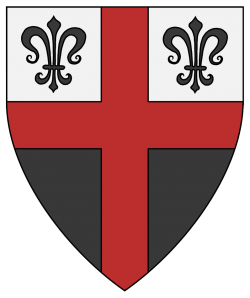Did you know that people in the medieval and renaissance periods sometimes displayed their arms on a heart shape?
For the month of February, the SCA’s #HeraldicLove campaign encouraged people to display their device or populace badge on a heart-shaped field.
In support of this effort, I joined a number of other heraldic artists in creating these images for people both locally and across the Society. Continue reading “#HeraldicLove 2020”



